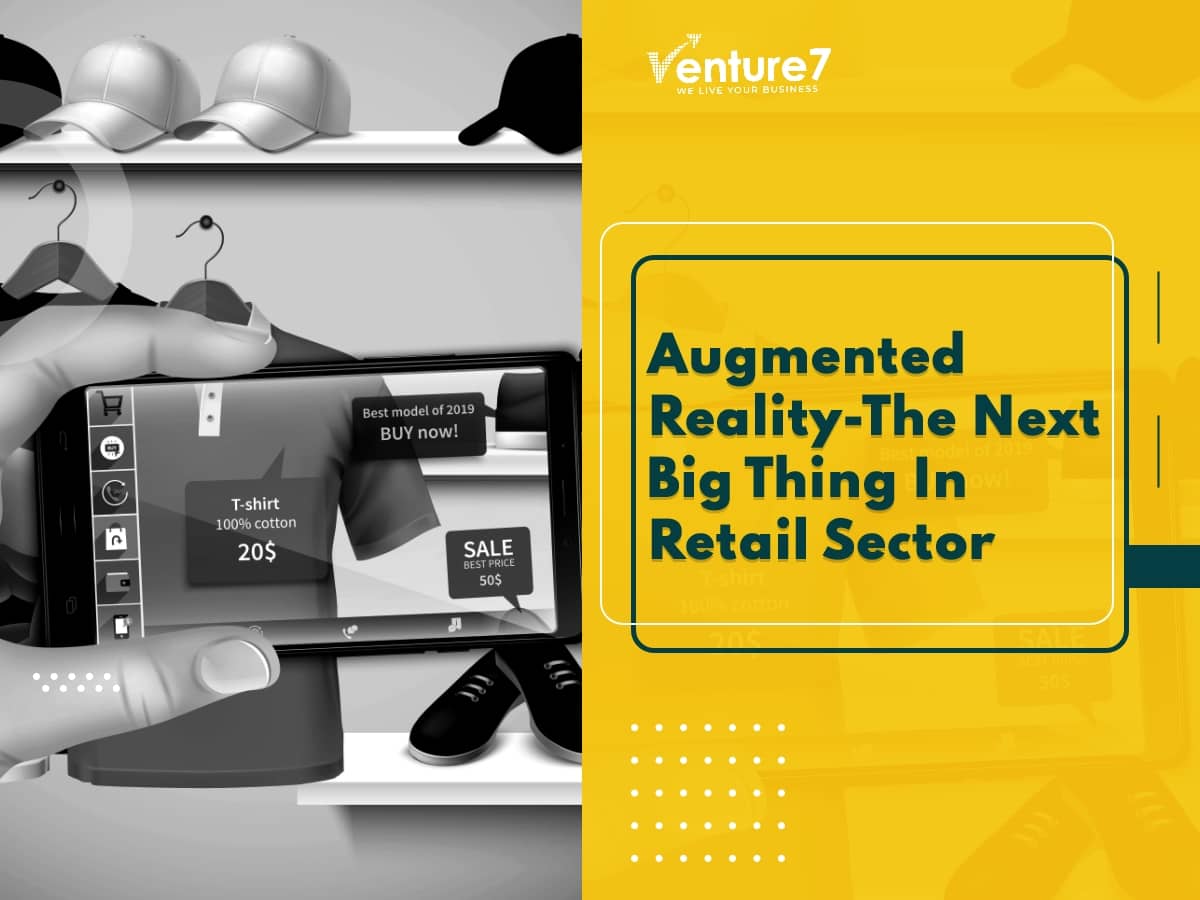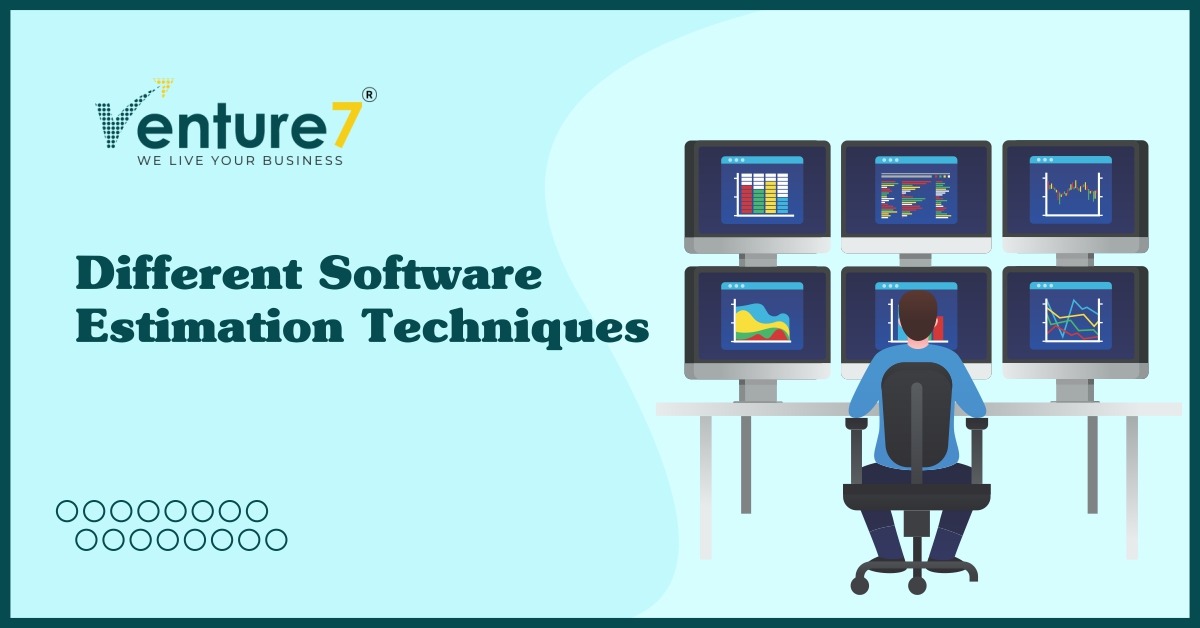Augmented Reality-The Next Big Thing In Retail Sector
The retail industry works with many aspects of the organization and needs to alter its operations as per the changing dynamics of the business environment. Augmented reality is one such technology that is highly being implemented within the retail industry that has made it possible for consumers to have in-store like experiences and the retailers can get better product exposure, thereby making the process effective. Augmented reality (AR) refers to an interactive experience that works by integrating capabilities of computer-generated display, text, sound, etc. with an aim to enhance the real-world experience of end-users. This technology performs its operations by combining real and computer-based scenarios in order to deliver an enhanced view of operations. Augmented reality has provided a virtual selling space to retailers by overcoming physical barriers that help to boost consumer experiences by increasing brand and product exposure and make them stand out from the competition. It overlays virtual elements on the real world to make the product appealing through a smartphone or any other device This technology has the ability to become a valuable sales tool by making it possible for customers to visualize the products in 3D which help them to make a better judgment about a product and reduce pre-purchase indecisions, which, in turn, reduces the rate of product returns after purchase. This technology has allowed retailers to personalize their product offering process by analyzing the preferences of individual customers and adding tailored promotions accordingly. Various analytics tools and technologies enable industries to gather customer needs and preferences that have majorly contributed to the growth of the retail sector. It also helps retailers to offer personalized programs that lead to creating a unique customer journey. Augmented reality has helped the retail industry to cut down the costs on hardware and infrastructure to a great extent due to software and service scalability and advanced technologies help them to strengthen their brand. This technology allows the potential leads to interact with the business, which, in turn, keep them engaged and interested in the brand and create an immersive experience for the audience. This technology lays a foundation for bridging the gap between online and offline shopping that helps in creating a more cohesive shopping experience and helps the customers to find the products effortlessly. The retailers are thriving to attract a greater number of customers in this competitive environment and are exploring advanced technologies to build brand awareness in an efficient manner. Augmented reality has helped retailers to build stellar marketing campaigns with the use of tools such as data analytics that help them to provide better customer support and reach out to a greater number of customers. This, in turn, has enabled them to engage and retain the existing customers in addition to attracting a new audience. This technology has enabled retailers to provide try-and-buy experiences by merging virtual objects with the real world, which, in turn, has made it possible for customers to virtually try products before buying and personalize them by configuring items as per their preferences, thereby making better purchase decisions. The advanced analytical tools help to monitor customers’ preferences that help retailers to provide personalized product offers by providing an ideal shopping assistant that enhances the chances of product purchase. It has the ability to renew the product selection on display without incurring heavy expenditures which contribute to keeping the customers engaged and making them visit the site time and again. This was not possible earlier with the use of traditional methodologies of selling diverse products. The content can be customized as per the user’s needs with the use of augmented reality by bridging the gap between printed and digital media. It also eliminates language barriers by allowing the user to see any text in multiple languages which helps industries to expand their operations in diverse corners of the world without worrying about language as a barrier. Augmented reality has pioneered creativity in the retail sector with the use of its tools and technologies that have enhanced customer engagement and made the brand stronger. The innovative marketing campaigns integrated with AR are contributing to taking the retail sector to grow further by meeting the changing demands of customers and businesses. The innovative in-store marketing experiences inspire customers to explore a range of products from their homes and drive future purchases. This technology has made it possible for retailers to collect valuable data through various analytics tools and drive their strategies accordingly. It has helped to extend the brand reach by delivering virtual product information across channels in real-time, thereby, driving better engagement opportunities. The in-store virtual experience has majorly contributed to boosting sales and making the process productive. Augmented reality can be easily employed in various devices such as smartphones, laptops, etc. that helps to infuse the real world with the digital environment and make the process interactive and engaging. The gathered customer data help retailers to customize recommendations as per individual customers’ buying patterns and preferences and connecting with customers in real-time by offering them the right information and tools to help them make an informed decision about a particular product. This technology has helped to alleviate the growing complexities of the retail industry by analyzing the pain points and offering advanced tools to rectify those errors. Augmented reality is still evolving and is laying a foundation to create successful experiences for customers by becoming widespread with each passing day. This technology is continuously advancing to meet the changing needs of the business and increase revenues by lowering costs on diverse processes. The information technology experts are rapidly embracing augmented reality in their applications to enhance the operation of the retail industry and make it more tech-enabled. 









